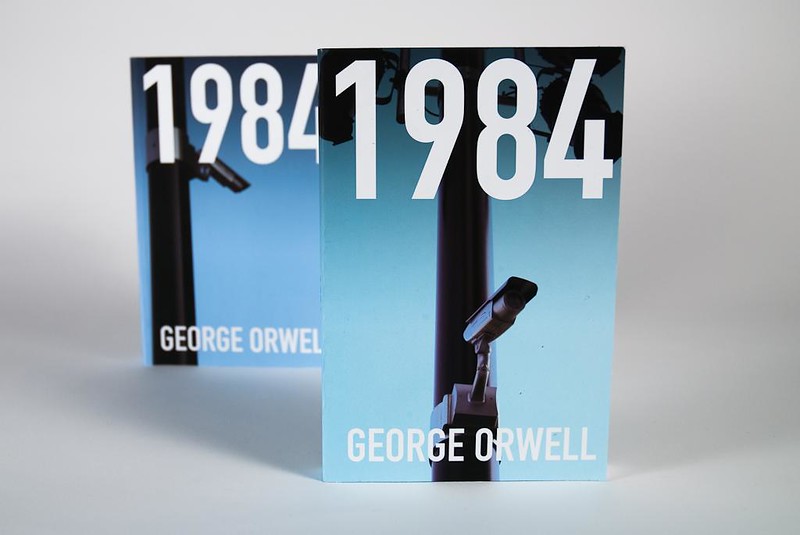‘You asked me once,’ said O’Brien, ‘what was in Room 101. The thing that is in Room 101 is the worst thing in the world.’
‘The worst thing in the world’ answers excellently the question “What is Dystopia?” The Oxford dictionary describes Dystopia as ‘an imagined state or society in which there is great suffering or injustice’, all the more relevant to us in a world where suffering and injustice is pushed further into our faces each day.
Dystopia originates from Thomas More’s ‘Utopia’ (a “good place”), and is its antithesis. Literature in this genre satirises the worst aspects of society, often focusing on violence, brutality, torture, and the conflicts of humanity against both itself and the earth. It goes without saying that Dystopian novels frequently contain upsetting themes – as the genre aims to highlight the mistakes of society and stop these ‘dystopias’ from eventually occurring. In the words of Ray Bradbury, author of Fahrenheit 451; “I am a preventer of futures, not a predictor of them.” Fahrenheit 451 is a fantastic and compelling novel focusing largely on the themes of book burning and education (451 degrees Fahrenheit being the temperature that paper burns).
It’s no surprise that dystopian novels are more frequently published around times of great suffering. Novels such as Bradbury’s and George Orwell’s famous 1984 emerged in the wake of World War Two, Zamyatin’s We (often credited as one of the founding novels of the dystopian genre) from the horror of Stalin’s regime, and Huxley’s Brave New World was written during the great economic depression in the UK. Dystopias take the miseries of their time and create entire civilizations from them.
To begin reading dystopia, the aforementioned novels are a great place to start. Brave New World, We, and 1984 each provide an alternative take on the dystopian genre, focusing on differing but comparable themes. It is worth noting, however, that some of these novels are almost a century old, and in places the antiquity of these novels shows through sexist and racist themes.
With the turn of the century the dystopian genre had a resurgence, particularly among the youth, broadening the genre for larger audiences. Novels and major film adaptations like The Hunger Games, The Maze Runner and the Divergent series all follow key dystopian principles but for a YA audience. In many more recent dystopias, focus has largely moved from authoritarian regimes to environmental concerns, with these new ideas of ‘the worst thing in the world’ often relating to the growing threats of climate change and global warming rather than dictatorships. Again, this highlights the satirical nature of these books as they connect to the fears of the younger generations. Even with childrens stories like Seuss’ The Lorax, containing surprisingly chilling dystopian themes for a children’s book.
My favourite writer in this genre is Margaret Atwood, whose most famous novel, The Handmaid’s Tale, has been one of the most politically relevant books for all 38 years since its publication. Here, as well as in novels like Red Clocks, and The Woman on the Edge of Time, second and third wave feminism meets dystopian satire to create powerful and terrifying cautionary warnings for the future. Oryx and Crake, another of Atwood’s novels and my favourite dystopian novel, blends a number of dystopian genres and themes into one incredibly complex and moving picture, and is well worth checking out for anyone looking for their next read.
“1984 Book Covers” by colindunn is licensed under CC BY 2.0.

